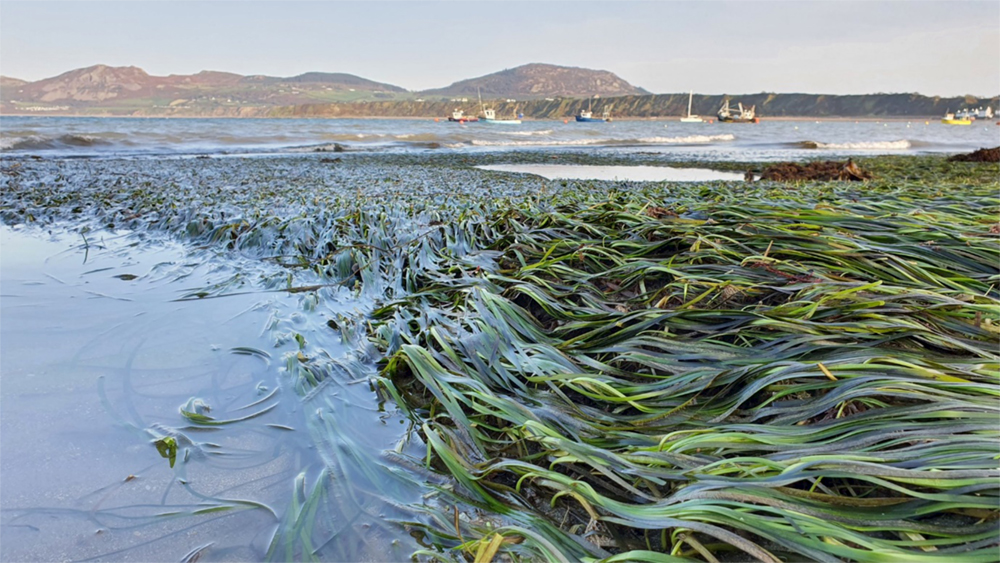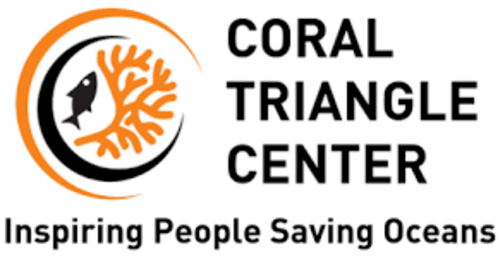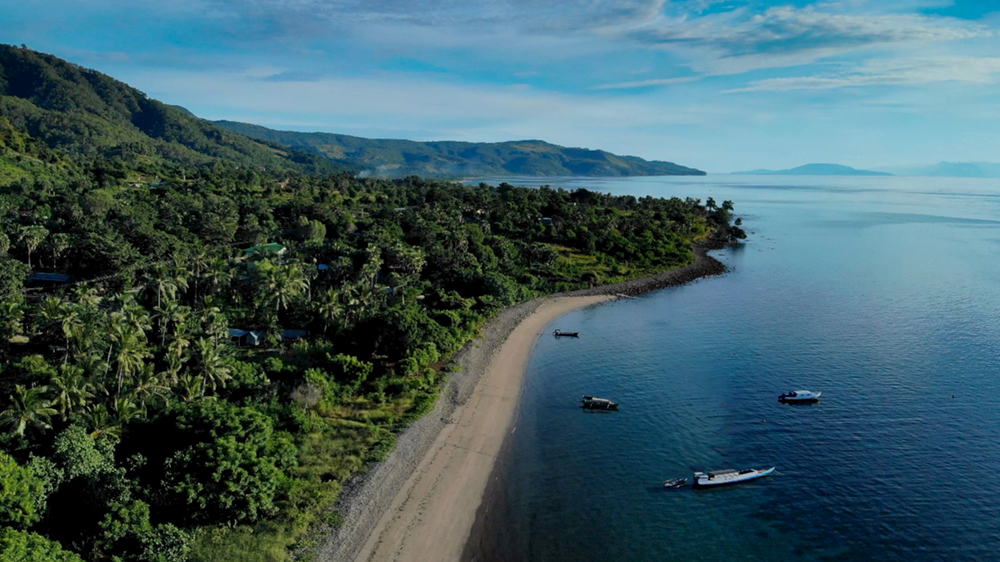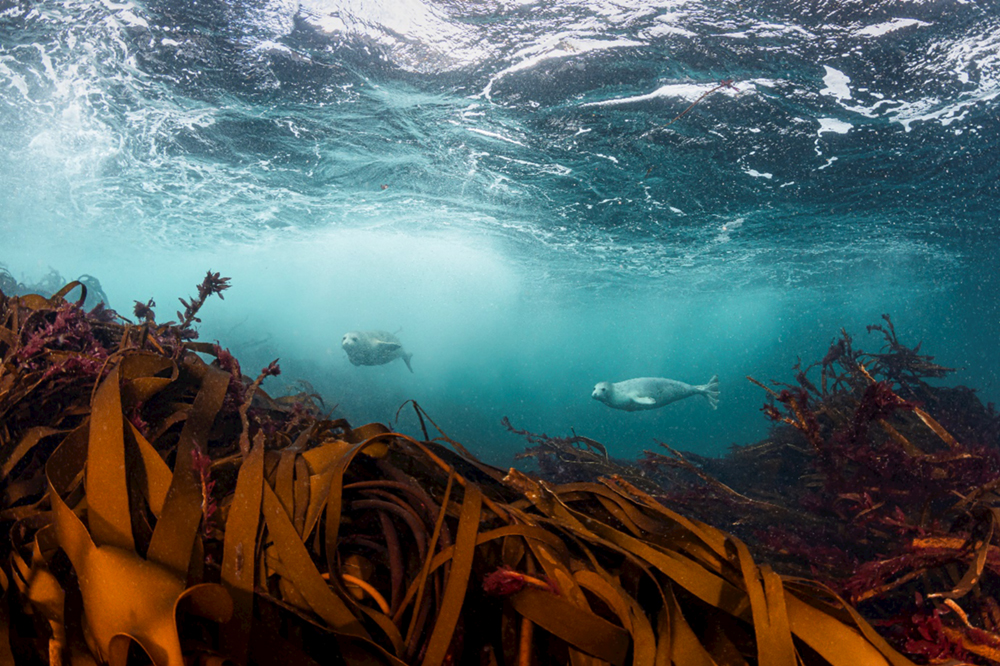Marine Local Projects Supported

Project Seagrass is an environmental NGO dedicated to the conservation of seagrass ecosystems through education, influence, research and action.
Since 2015, TWF has been supporting Project Seagrass to scale up its community outreach and seagrass conservation programmes. Our support has included piloting the setting up of a seagrass nursery in West Wales, developing a citizen science programme called Seagrass Spotter (www.seagrassspotter.org) to help communities and stakeholder groups to monitor their local seagrass, and supporting community action for seagrass conservation in Southeast Asia.


The Coral Triangle Center (CTC) is an Indonesian non-profit foundation that promotes the conservation of marine biodiversity and the sustainable management of marine and coastal resources across the Coral Triangle region.
The Waterloo Foundation supports CTC’s work in Timor Leste, where CTC has helped to establish the country’s first Marine Protected Areas. CTC is now scaling up its efforts to strengthen marine management and expand the network of Marine Protected Areas in Timor Leste.


The Marine Conservation Society is a leading UK environmental charity dedicated to protecting our ocean – defending crucial habitats, regenerating vital ecosystems and inspiring volunteers. The organisation unites communities, governments, and industry to champion science-based solutions for cleaner, healthier seas to tackle the climate and nature emergency.
The Waterloo Foundation supports MCS’s work in Wales, which includes policy and advocacy work, practical marine conservation projects, volunteering and citizen science.

For more information about organisations supported by The Waterloo Foundation, please see our annual reports.
